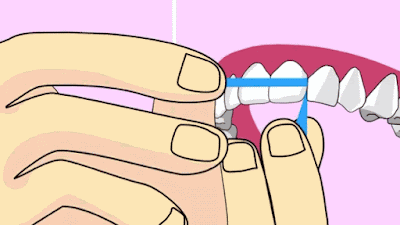Table of Contents
- What is a Toothache?
- Book Your Appointment Today!
- The Main Causes of a Toothache
- How to Relieve a Toothache?
- Toothache Prevention
- Conclusion
What is a Toothache?
A toothache is characterized by a sharp, persistent pain, often intensified by the consumption of hot, cold, or sugary foods. The pain may radiate to the jaw, neck, and even the ears, making everyday activities difficult.
Book Your Appointment Today!
Protect your oral health and restore your bright smile. Contact us for a prompt consultation!
The Main Causes of a Toothache
- Tooth Decay: The formation of cavities in the enamel, caused by bacteria, can develop into a painful inflammation if it reaches the pulp.
- Dental Infection: An abscess, characterized by a buildup of pus, results in intense pain that requires prompt treatment.
- Gum Diseases: Gingivitis and periodontitis cause pain and, if left untreated, can lead to tooth loss.
- Dental Trauma: A fracture or crack exposes the nerves of the tooth, generating sharp pain.
- Wisdom Tooth Eruption: Their emergence, especially if misaligned, can cause pain and swelling.
How to Relieve a Toothache?
It is essential to consult a dentist to determine the exact cause of the pain. Meanwhile, here are some methods to achieve temporary relief:
1. Saltwater Rinse
Rinsing your mouth with warm saltwater helps reduce inflammation and cleanse the painful area. Mix one teaspoon of salt in a glass of warm water and rinse for 30 seconds.
2. Ice Application
Apply a cold compress to the cheek near the affected tooth for 15 to 20 minutes to reduce swelling and numb the pain.
3. Use of Over-the-Counter Medications
Pain relievers, such as acetaminophen, can help alleviate the pain. Be sure to follow the recommended dosage. Never take an anti-inflammatory or antibiotic before consulting a dentist!
4. Clove
Thanks to its analgesic and antibacterial properties, clove is an effective natural remedy. Apply a drop of clove essential oil onto a cotton swab and place it on the painful tooth.
5. Maintaining an Upright Position
Lying down can increase blood pressure in the painful area. Stay seated to minimize discomfort.
Toothache Prevention
- Regular Brushing: Brush your teeth at least twice a day with a fluoride toothpaste.

- Using Dental Floss: Clean between your teeth daily to prevent bacterial buildup.

- Balanced Diet: Reduce the consumption of sugary and acidic foods to limit the risk of cavities.
- Regular Dental Check-ups: Biannual visits help detect dental problems early.
Least but not last
A toothache is a painful condition that requires immediate attention. If the pain persists, do not hesitate to consult a dentist for an accurate diagnosis and appropriate treatment. In the meantime, the remedies presented offer temporary relief and can help you get through this ordeal.
Before you Go!
Schedule an Appointment Today
Need a dental consultation? Contact us now for prompt and effective care.







0 Comments